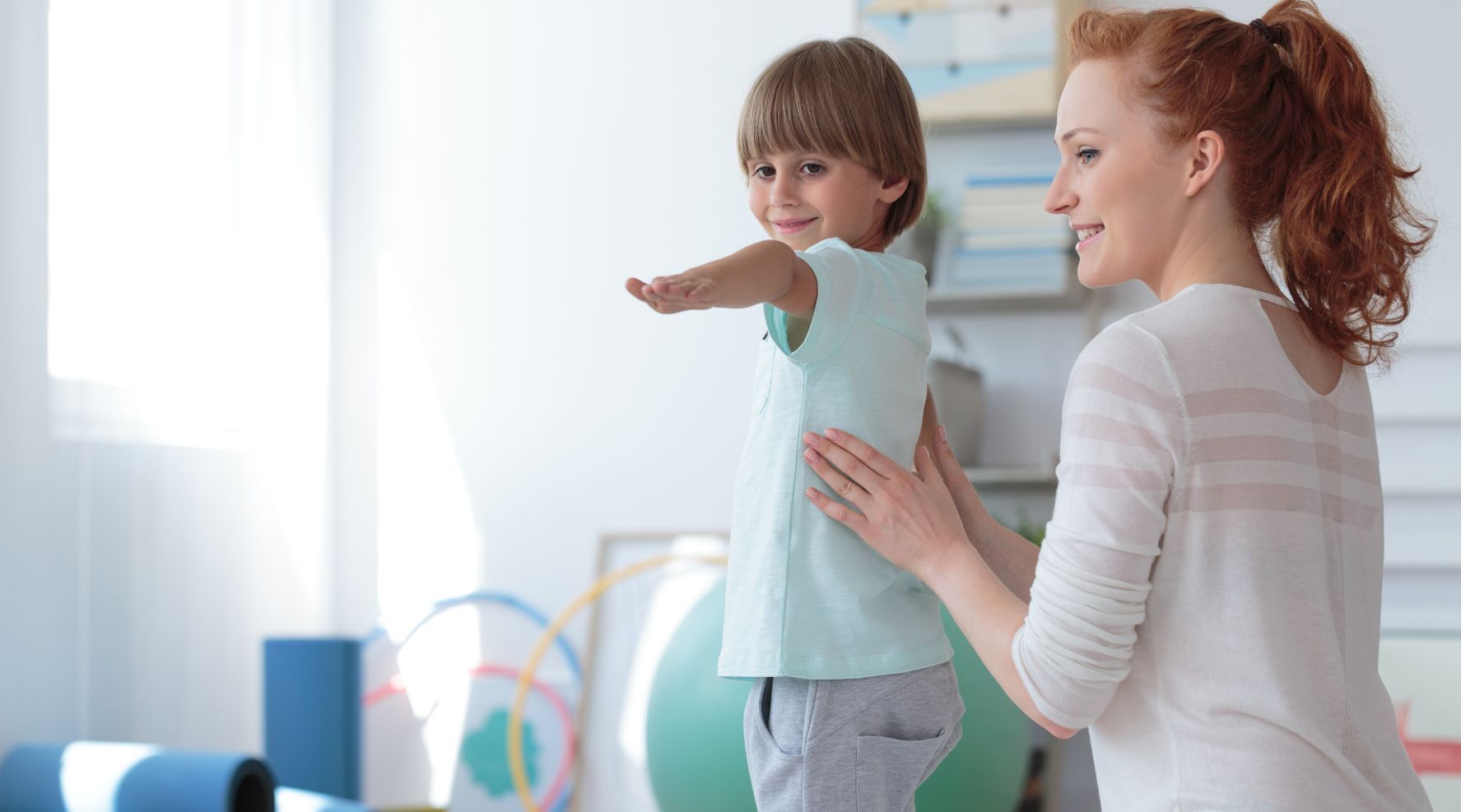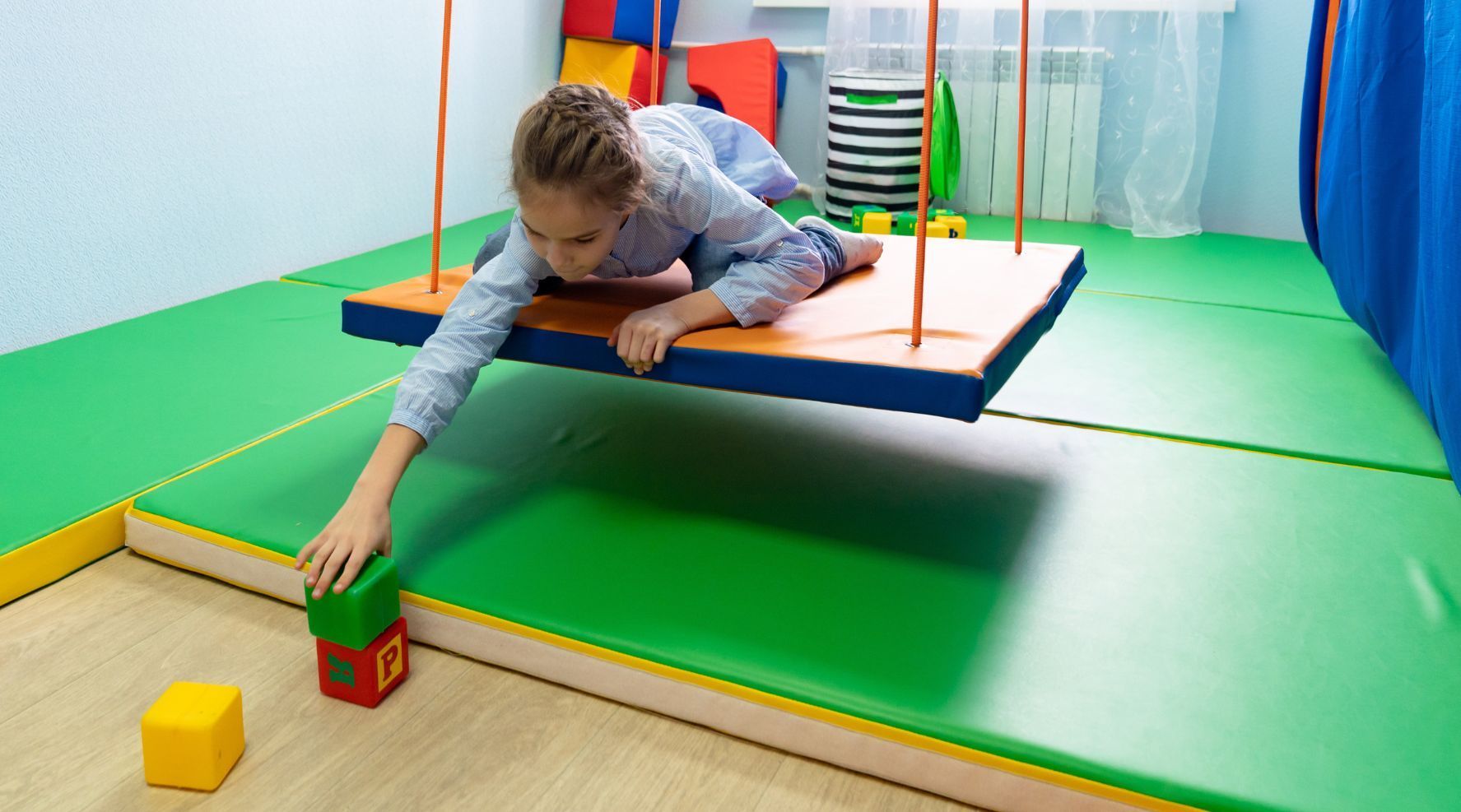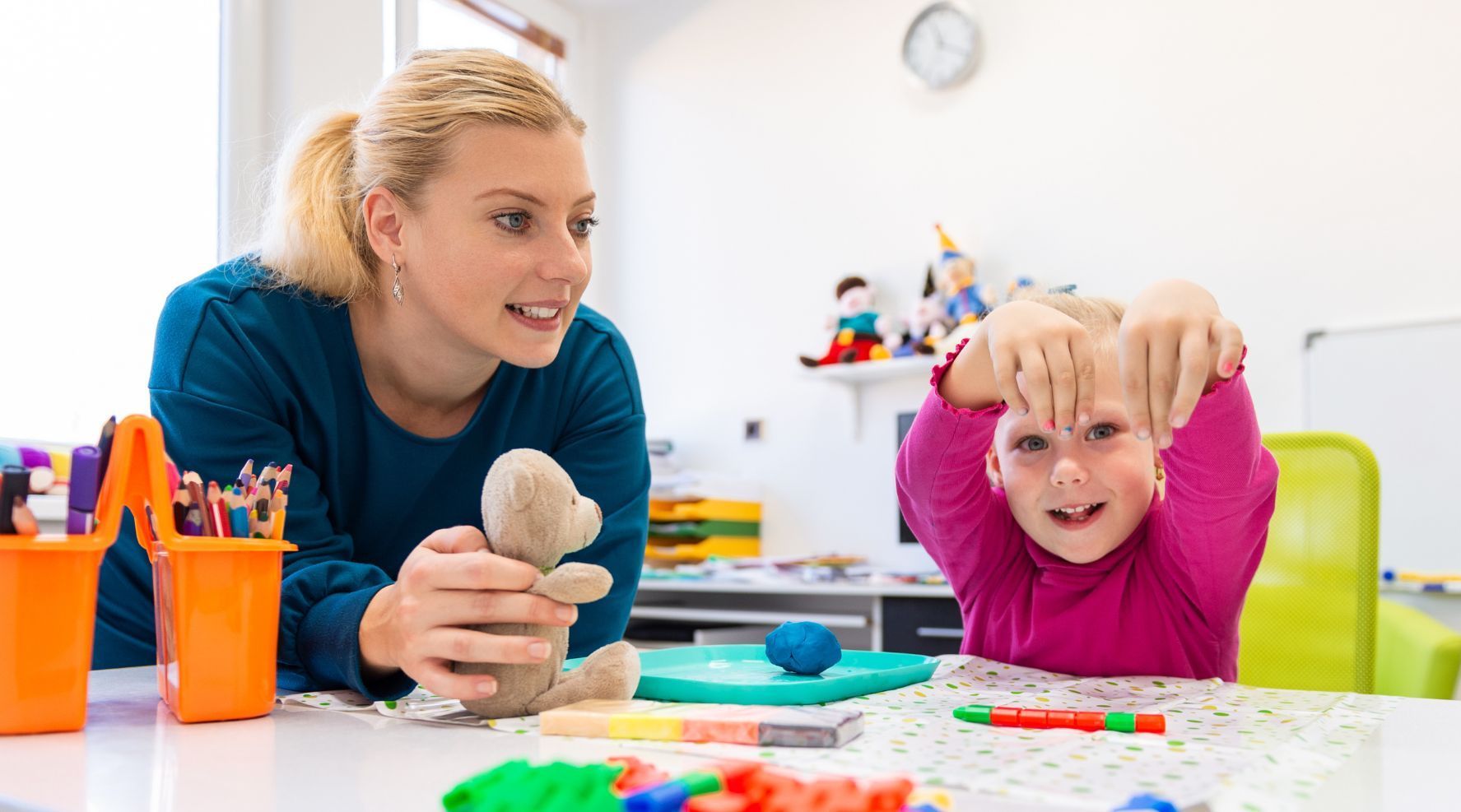5 Important Exercises for Children With Autism
In addition to cognitive and sensory challenges, autistic kids often have difficulty with motor skills, balance, and body awareness. Working with a qualified therapist, parents can learn 5 important exercises for children with autism that will reinforce what a child is learning through formal therapy sessions.
Start slowly, and choose your time wisely. Create a calm but fun environment where your child feels comfortable. If you have the space, devote a room in your home to exercise, disguised as play, by building a
home sensory gym. Use basic equipment such as mats, crash pads, and balance beams, or you can have professionals install equipment for you.
Medicine Ball Slam
Raising a heavy medicine ball overhead and then slamming it down on the floor, repeatedly, builds core, arm, and leg strength. The activity has also been shown to improve short-term memory skills. Medicine ball slams can give sensory seeking kids that strong physical sensation they need to feel more comfortable in their own bodies. Sensory avoidant kids may enjoy the sense of control they have: the ball only makes noise when they slam it down.
Mirror Exercises
Mirror exercises help autistic kids build social skills through awareness of their environment and other people. It’s also a common exercise in acting classes to improve an actor’s attentiveness to other actors. Sit across from your child and ask them to do exactly what you do: when you raise your right hand, they should raise their left.
If your child doesn’t quite understand, do this in front of a full length mirror. Then, you can try it without the mirror and ask your child to be your mirror, doing what you do just as it would look in the mirror.
Bear Crawls
Most kids love imitating animals. Bear crawls require kids to coordinate both sides of their bodies (bilateral movement). Thus, exercise builds strength and motor planning skills.
Start on all fours, with hands under the shoulders and knees under the hips. Then lift off the mat a bit, supporting weight on the hands and the balls of the feet, and “walk” forward like a big bear! The tricky part is to reverse, and “walk” backwards. You can add a few growls to make it more fun, and you can go slowly, like a bear looking for berries to eat, or fast, like a bear running toward a river to catch a fish!
Jumping Jacks (Star Jumps)
Jumping jacks (also called star jumps) build cardiovascular fitness as well as leg and arm strength. They also require bi-lateral coordination, moving both sides of the body at the same time.
Yoga
Many yoga poses are named after animals, and that can grab a child’s interest. The focus on breathing along with movement can calm an anxious or overstimulated child. The slow pace encourages kids to tune in to their bodies and their environment, while a yoga mat marks out personal space and helps a child understand appropriate social distance.
Ask your child’s therapist for more suggestions on how to build your own home sensory gym and exercises for children with autism that can help your child improve their motor skills, build strength, relieve anxiety, improve balance, and better understand where their body is in space and how the parts of their body work together to create movement.





